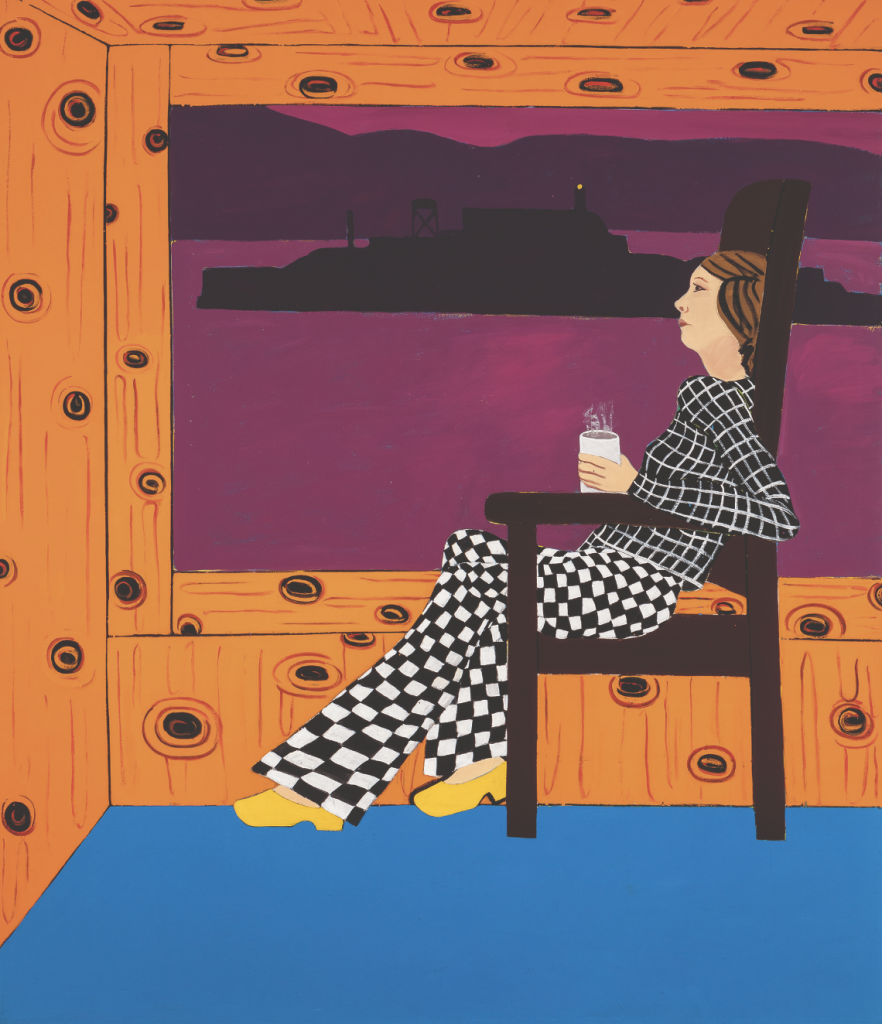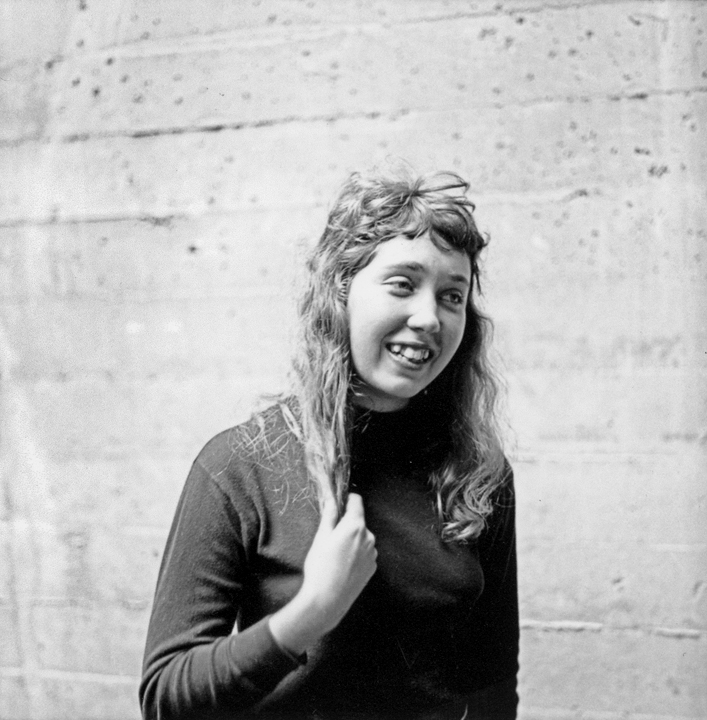
ART | JEROME TARSHIS
“JOAN BROWN,” a new exhibition at the San Francisco Museum of Modern Art, celebrates the colorful life and work of a deeply imaginative painter and independent spirit who got her start on Fillmore Street and went on to international acclaim. The expansive presentation of Brown’s work features 80 paintings and sculptures spanning the career of one of San Francisco’s most important artists.
Joan Brown’s involvement with the art scene along Fillmore Street began with exhibitions, while she was still an art student, first at the Six Gallery, at 3119 Fillmore, then at the Spatsa Gallery, on Filbert Street near Fillmore.
In 1958, Brown and her husband Bill Brown moved into the apartment building at 2322 Fillmore, where their next-door neighbors were the painters Wally Hedrick and Jay DeFeo. Famous as some of them are today, San Francisco artists of the 1950s had little hope of being exhibited by major galleries or museums. Bruce Conner once said that the art of that time was not made to last because nobody needed it to last. Brown herself has said, “It was important for that day, for that week, or for that moment.”
The seeming lack of any path to success encouraged a deliberate hostility to the art market and its institutions. Life at 2322 Fillmore was characterized by heavy drinking, resourceful parties and the view that making artwork was something like a meditative exercise, to be enjoyed in the present with little thought for the future.
Joan Brown had come a long way from her Catholic high school days. After a time, however, the hard partying became oppressive; quiet and privacy began to look good. In 1959, she separated from Bill Brown and moved to North Beach to live with the artist Manuel Neri, who became her second husband.
EARLIER: “Journal of a woman’s life — in paint“

Photograph of Joan Brown by Jerry Burchard
Filed under: Art & Design




